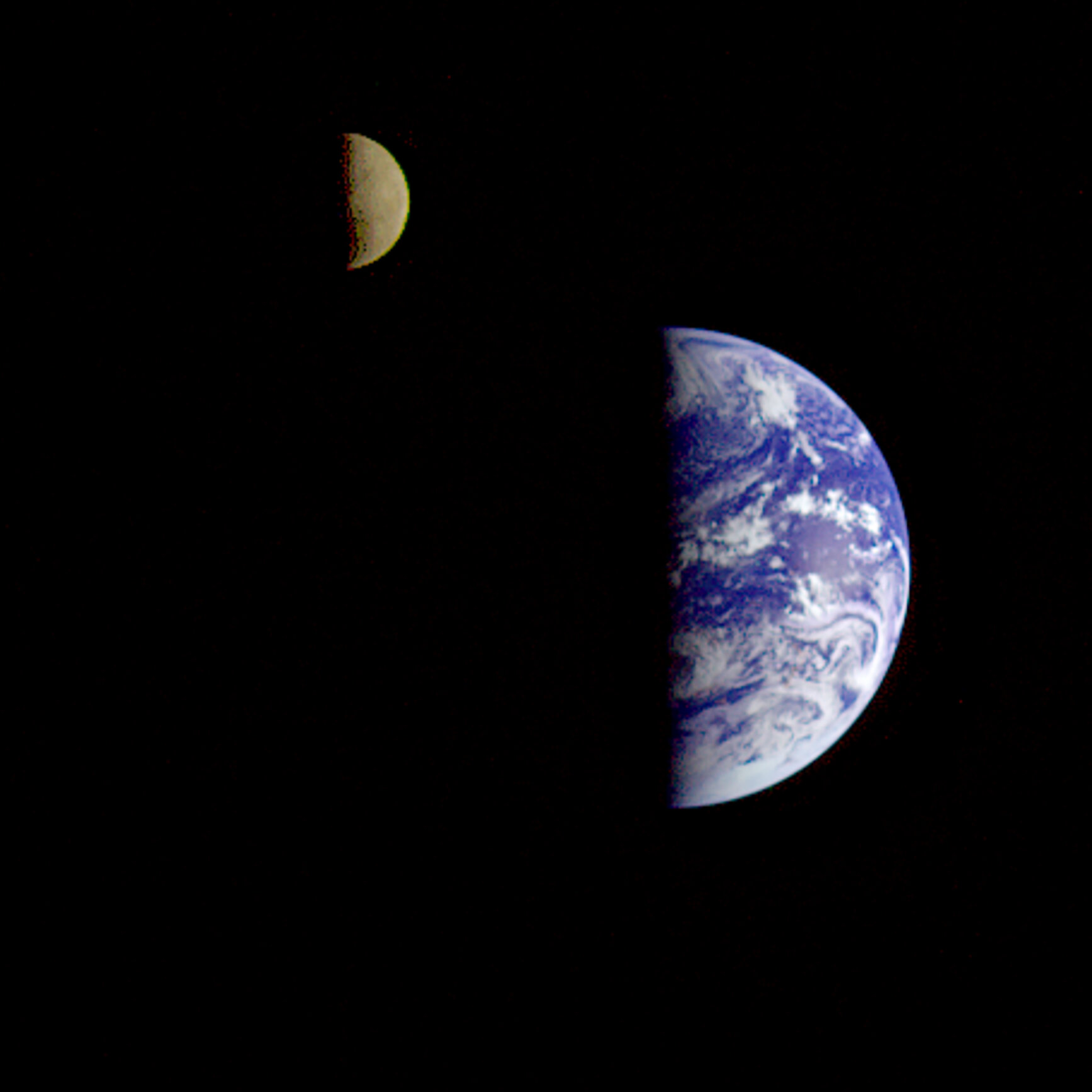

This article was updated with new data that posted on Friday.
It wouldn’t be summer without the stretched out days. The dawns break early and the dusks come late, affording more time for lazy beach trips and long barbecues under the slow curve of the sun.
But when it comes to the full astronomical day — a single rotation of planet Earth in which the hour hand moves twice around a standard clock — some of this year’s shortest are happening in July and August.
This week has seen the shortest days of the year so far. According to data posted on Friday from the U.S. Naval Observatory and the International Earth Rotation and Reference Systems Service, Wednesday’s rotation was about 1.34 milliseconds less than 24 hours.
More quick spins are expected later this month and in early August, according to predictions from the website Time and Date.
This isn’t completely out of the ordinary: Our world’s spins have been faster than usual lately. The average day has mostly shortened over the past decade, and within the past five years or so, the full rotation has clocked in at a hair less than 24 hours more often than not. Factors driving the change include movements at Earth’s core, atmospheric changes and the moon’s position.
But long-term trends do not suggest that the days will shorten in perpetuity. In fact, it is just the opposite. For many millenniums, the days have been growing longer. A Tyrannosaurus rex that lived 70 million years ago would have experienced an average daily rotation of about 23 1/2 hours, studies have found.
The lengthening trend is expected to continue, said Clark R. Wilson, a research professor at the Center for Space Research at the University of Texas at Austin, though the process is so slow as to be “well beyond human time scales.”
The main reason has to do with energy lost from the tides. The moon’s gravitational tug is responsible for tidal changes on Earth. Tidal currents heat the ocean very slightly, dissipating energy, which slows the rotation of Earth and lets the moon move farther away as time passes. (At the moment, the rate of retreat is around four centimeters each year.)
Or, to put it in physicists’ terms, the moon and Earth can be thought of as a single system whose total angular momentum — a measurement of its rotation — is constant. As the moon expands its orbit, and its angular momentum increases, Earth’s angular momentum must decrease.
Therefore, the days grow longer.
But that is a process that takes billions of years and is complicated by short-term fluctuations.
Centuries of data show that the speed of Earth’s rotation has never been steady. There have been slow periods, like the early 1990s or 1970s, when the length of a day regularly surpassed 24 hours by more than 2 milliseconds. And there have been faster periods, like now.
Many factors within and above Earth drive these changes, and they can change from day to day or decade to decade. Movement of materials within the Earth, from the core to the mantle to the crust, can affect rotation speeds. Weather and long-term climate shifts can, too.
“It’s an extremely difficult problem, to untangle the different contributing factors,” said Surendra Adhikari, a geophysicist at NASA’s Jet Propulsion Laboratory.
All together, they create a sort of interference pattern that explains why the length of an Earth day has been wobbly for as long as humans have been able to measure it.
Dr. Adhikari has also contributed to research showing that recent human-driven climate change could become a key driver of longer days. When ice melts into the sea, it spreads water away from the poles and toward the Equator. That makes the planet more oblate, which can slow its rotation — much like a spinning ice skater who rotates more slowly when his arms are spread out, and spins more quickly when he pulls his arms close.
“All these effects interact in complex ways,” said Nick Stamatakos, the head of the Earth Orientation Department at the U.S. Naval Observatory. “And since the Earth is quite large and complex, and the changes we need to measure are very small, our ability to predict Earth motion is very challenging.”
But data from the recent past is clear enough: The speed of Earth’s spin has indeed picked up this season. And for those in the Northern Hemisphere, where summer has just begun, it is an astronomical reminder that time can fly even when the dog days are dragging.









-3.png)



